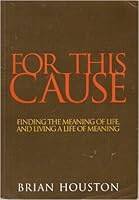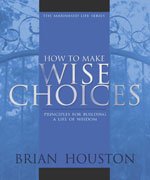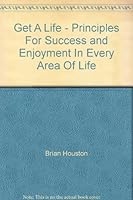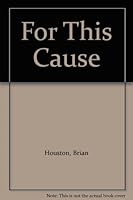You Need More Money
Select Format
Select Condition 
You Might Also Enjoy
Book Overview
No Synopsis Available.
Format:Paperback
Language:English
ISBN:0380008629
ISBN13:9780380008629
Release Date:June 1976
Publisher:Avon Books
Length:238 Pages
Weight:0.25 lbs.
More by Brian Houston
Customer Reviews
5 customer ratings | 4 reviews
There are currently no reviews. Be the first to review this work.



















































